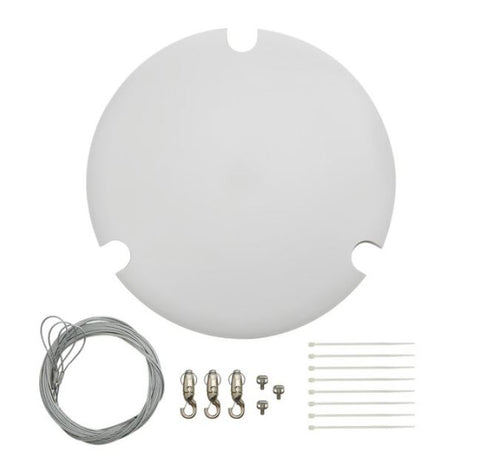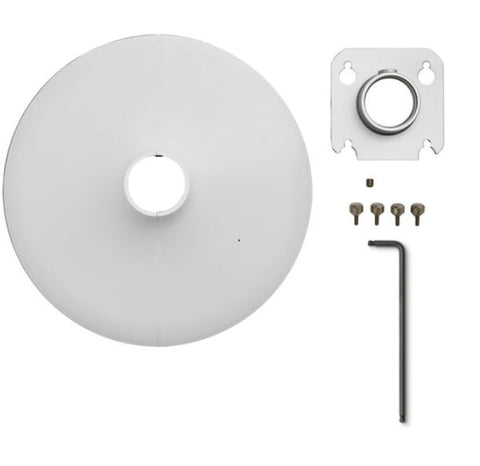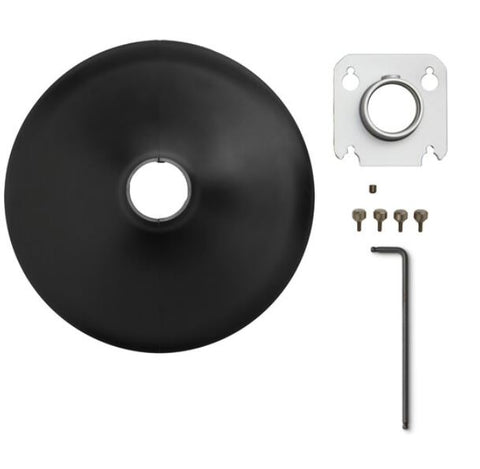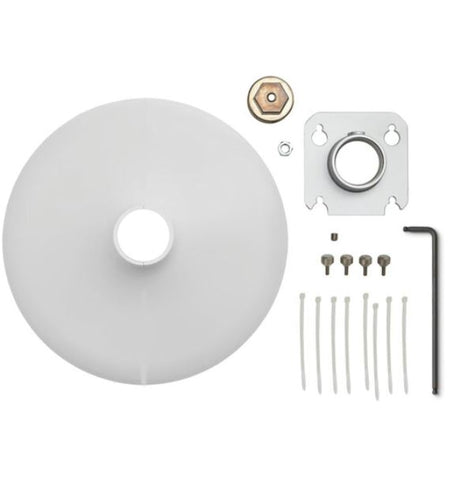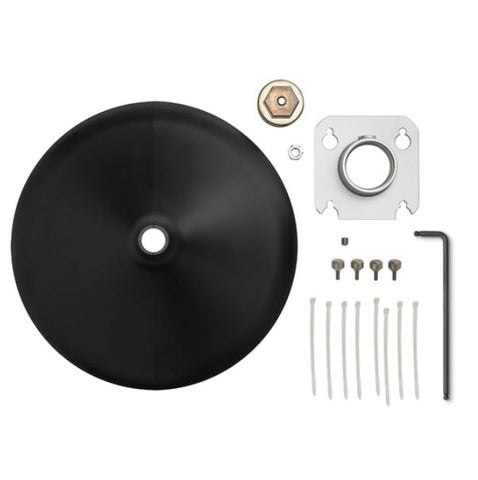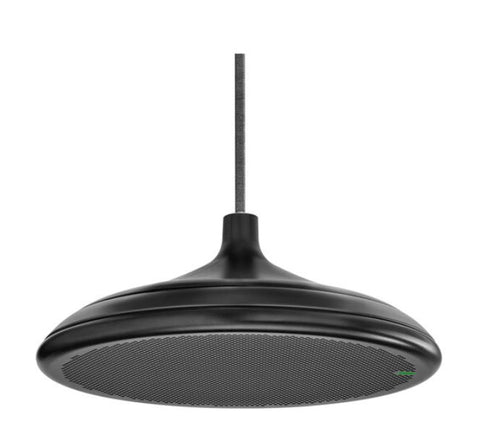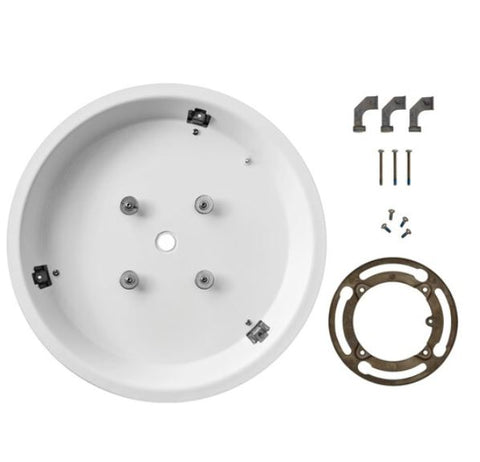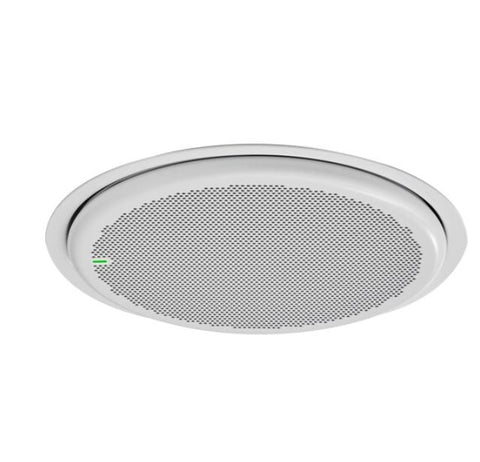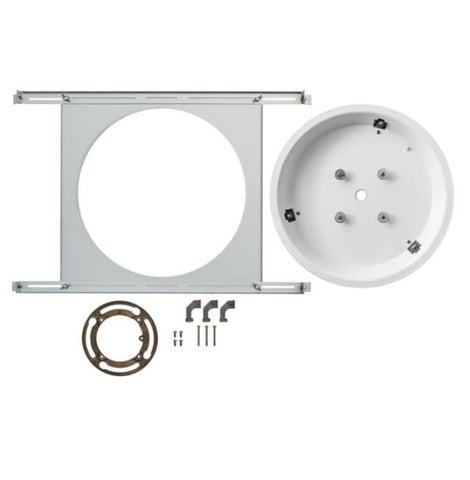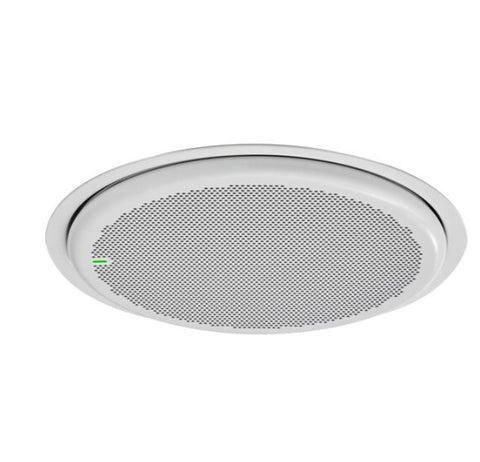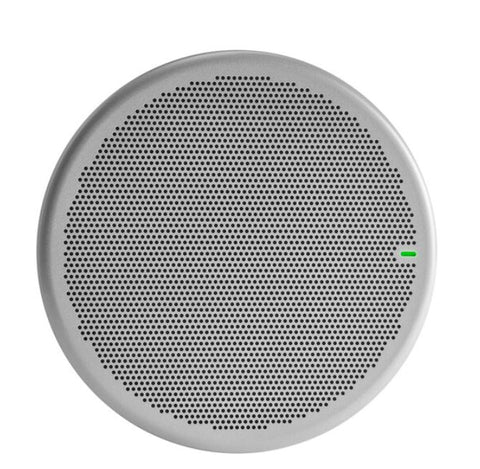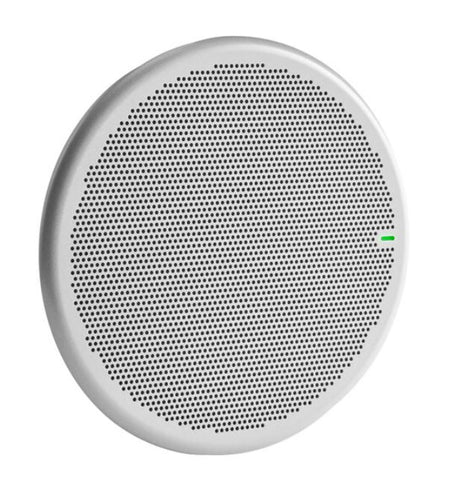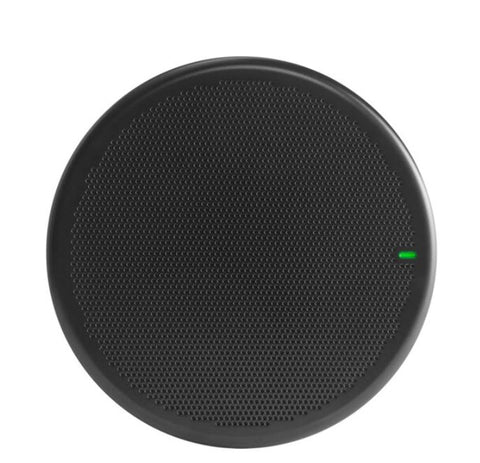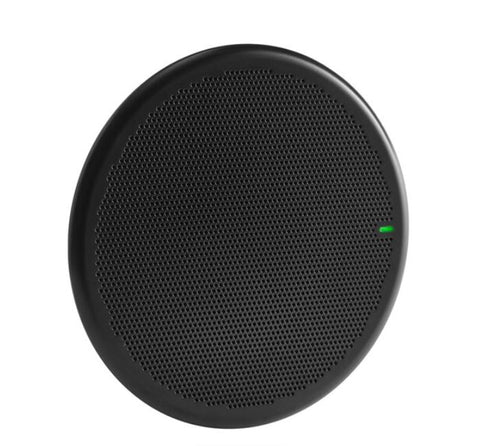Bosch DCNM-LSDU, DICENTIS Dual Use at Seat License; one license required per unit
Vendor: BOSCH
Available

Bosch DCNM-LSDU, DICENTIS Dual-Use at Seat License; one license required per unit
The functionality of the DICENTIS Discussion device, Discussion device with language selector, Discussion device with voting, and DICENTIS Wireless Device can be extended by the use of licenses. The Bosch DCNM-LSDU at Seat license allows two participants to use the same device and still have their names correctly displayed in the speaker's list or with the camera image. It even allows one participant to speak while the other participant is on the waiting-to-speak list. The Bosch DCNM-LSDU at Seat license can be extended with identification and/or voting to make the DICENTIS Discussion device with a touchscreen and the DICENTIS Wireless Extended Device even more versatile. The license is supplied as an activation code and is enabled in the same way as the other activation codes in the DICENTIS System.
Bosch DCNM-LSDU Main Features
- Facilitates dual-use functionality in a DICENTIS wireless Device and a DICENTIS Conference device
- Enables the participant’s name to be correctly displayed when the DICENTIS devices are used by two participants
| Single PC system running server software and meeting application: | Windows Server 2008 R2 64 bits, or: Windows server 2012 R2 64 bits (including .NET Framework 3.5 feature): Processor i7 4 cores 2.5 GHz. 16 GByte RAM. 20 GB free disk space. 1 GB Ethernet card. |
| PC running the server software in a multi‑PC system: | Windows Server 2008 R2 64 bits, or: Windows server 2012 R2 64 bits (including .NET Framework 3.5 feature): Processor i7 4 cores, 2.5 GHz. 16 GByte RAM. 20 GB free disk space. 1 GB Ethernet card. |
| PC running the meeting application only: | Windows 7 home premium 64 bits, or Windows 8.1 Pro/Windows 10 Pro 64 bits (including .NET Framework 3.5 feature): Processor i5 4 cores, 2.4 GHz. 8 GByte RAM. 20 GB free disk space. 1 GB Ethernet card. Note: Windows 10 is only suitable for use with the client PC. |
 USD
USD EUR
EUR
 AUD
AUD
 GBP
GBP
 JPY
JPY









